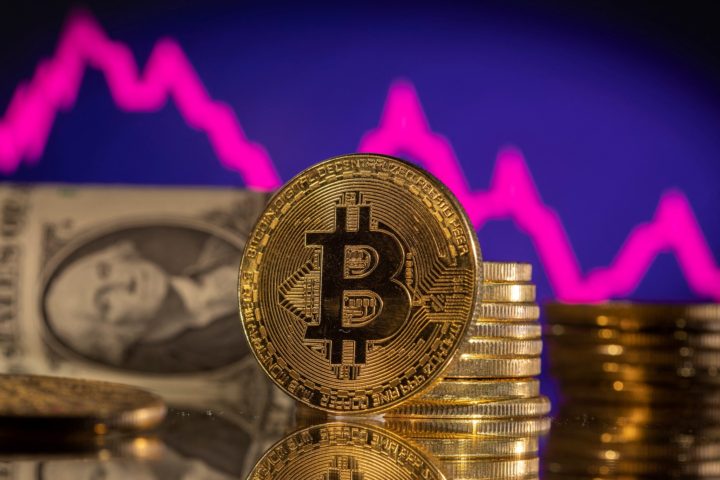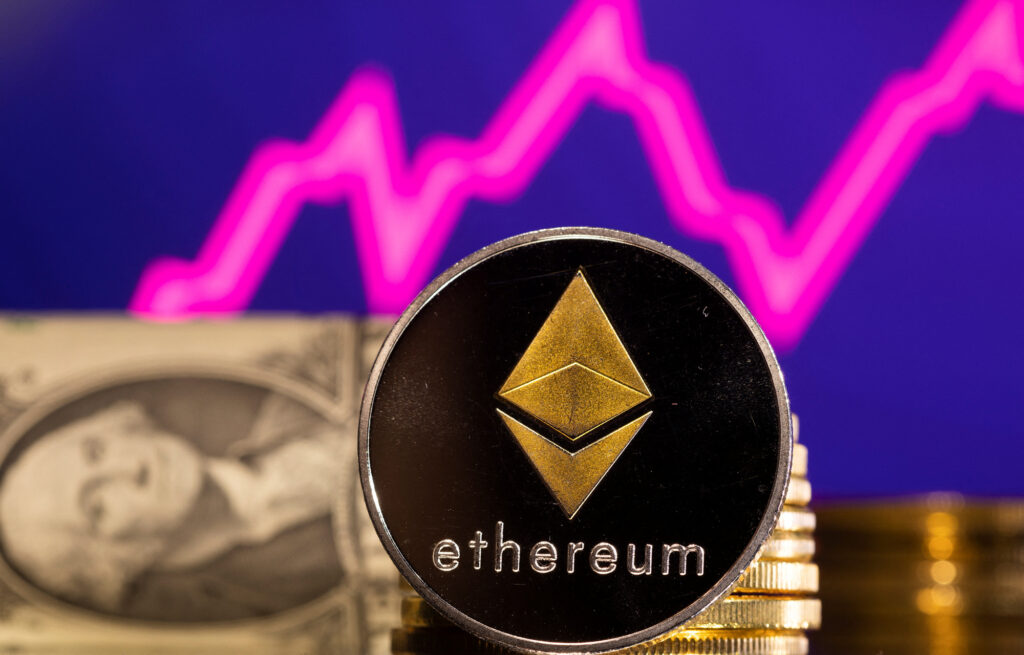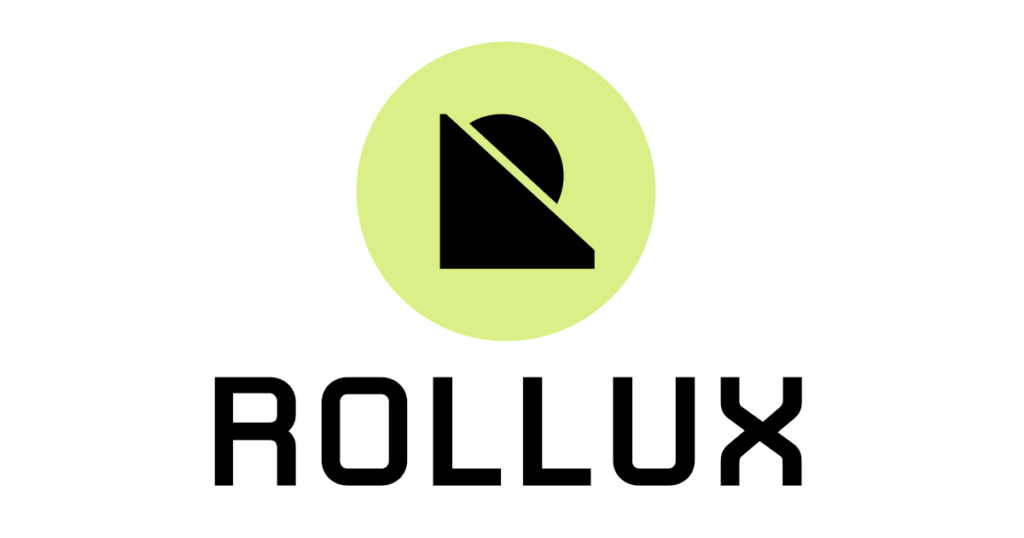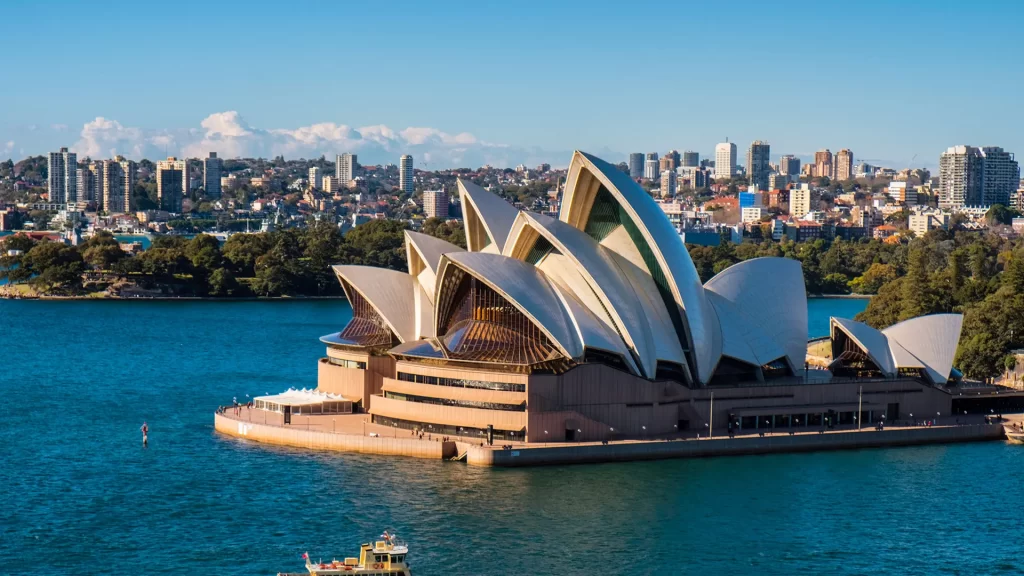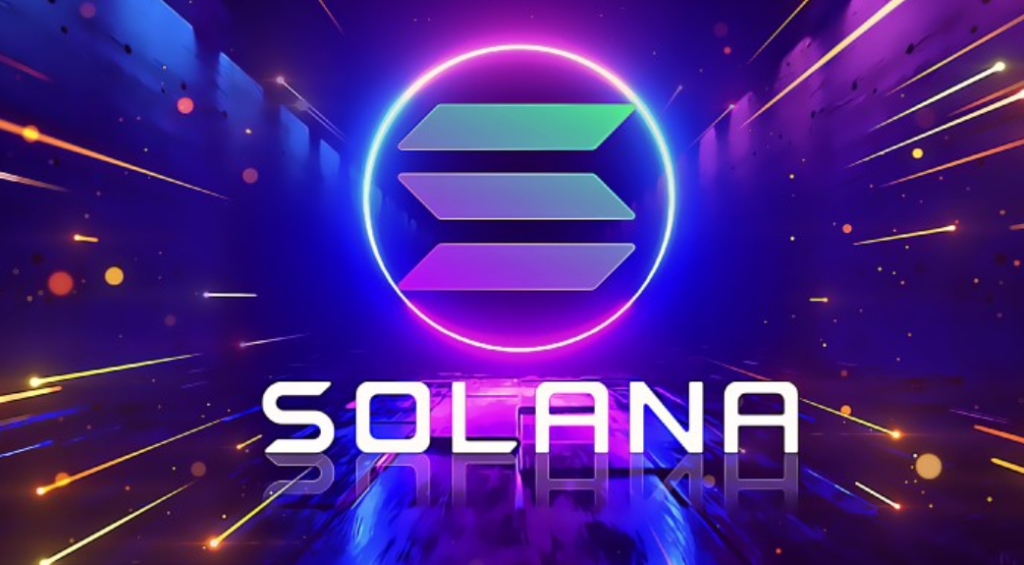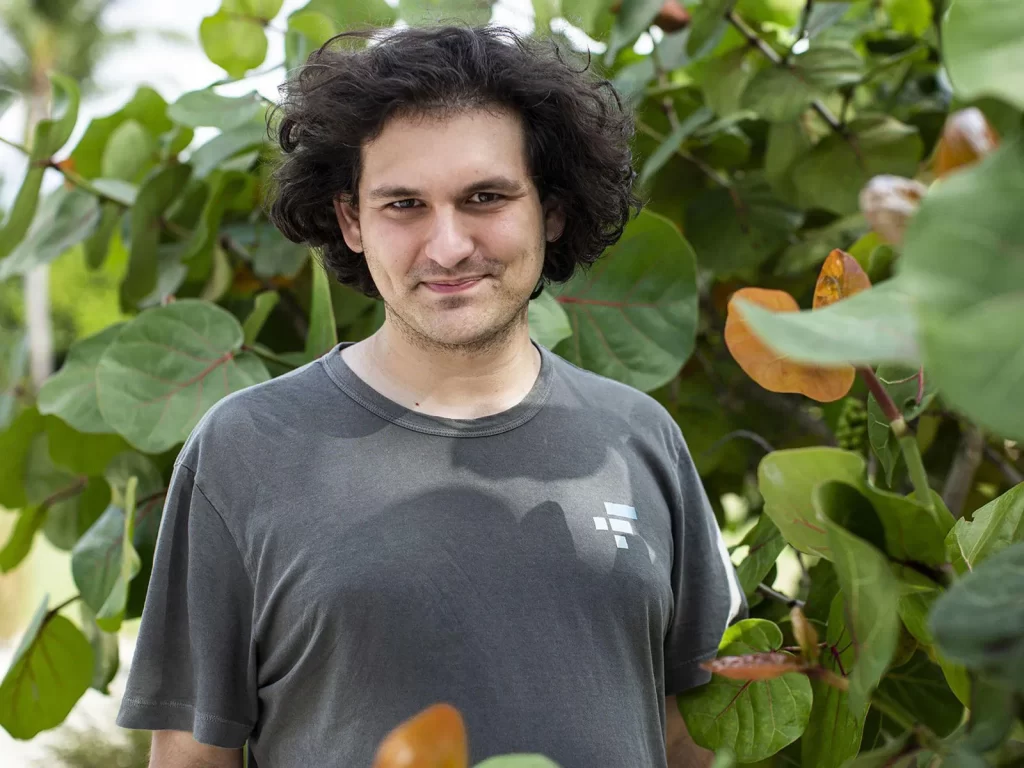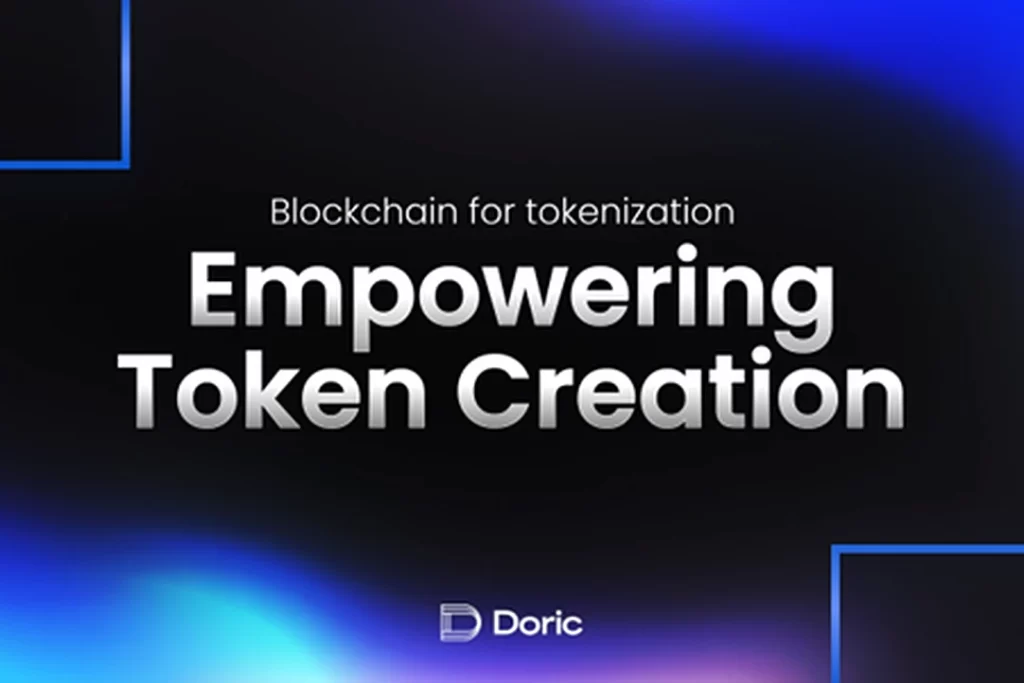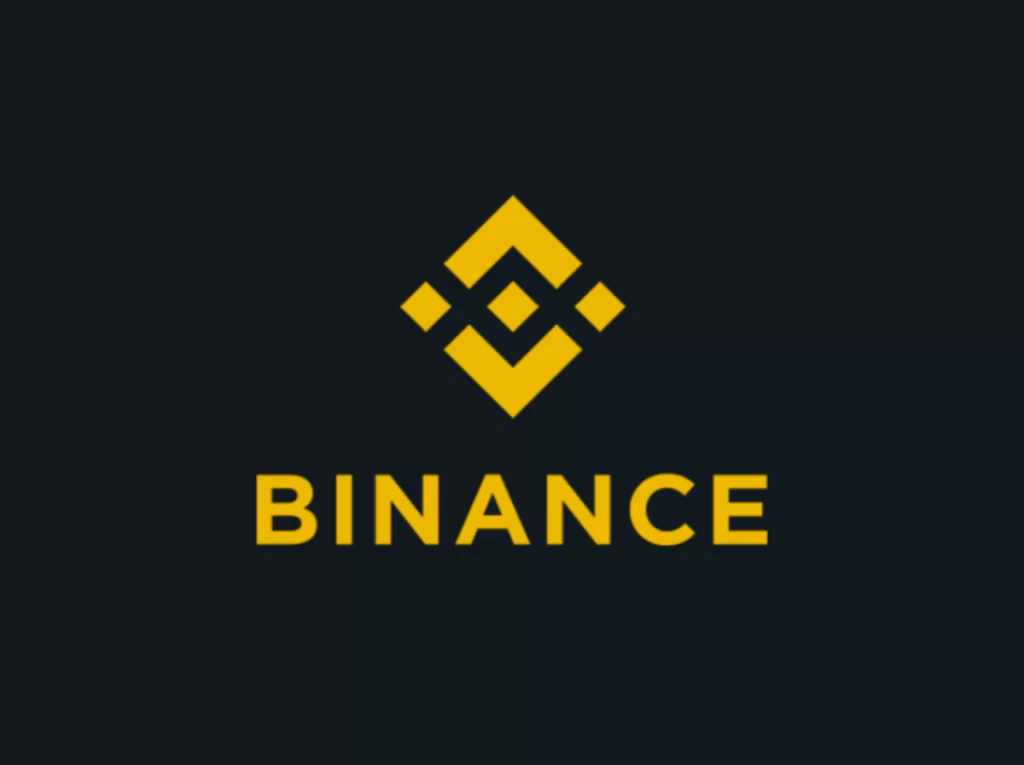The Ethereum Liquid Staking Derivatives Finance (LSDFi) ecosystem has experienced remarkable growth in the current year as Ethereum (ETH) holders have opted to stake their tokens rather than liquidate them.
Even though ETH withdrawals were made possible with the Ethereum Shapella upgrade in April 2023, a recent report from CoinGecko, a crypto data aggregator, revealed that the LSDFi sector has expanded by an astounding 58.7 times since January.
As of August 2023, LSDFi protocols accounted for a substantial 43.7% of the total 26.4 million ETH staked.
Among these protocols, Lido emerged as the dominant player, securing nearly a third of the total staked market.
These growth statistics indicate that ETH holders are choosing to re-stake their assets to capitalize on better yield opportunities, rather than liquidating them after withdrawing.
Notably, CoinGecko highlighted that despite the availability of withdrawals, the exit queue remained at zero for more than half of the time (55%) and stayed below 10 validators for 77% of the time.
This trend demonstrates the preference for staking within the LSDFi ecosystem.
READ MORE:Ethereum Co-Founder Vitalik Buterin Clarifies $15 Million USDC Transaction
Liquid Staking Derivatives (LSDs) were introduced to enable smaller ETH holders to participate in staking and unlock liquidity following the launch of the Ethereum Beacon Chain in December 2020.
In the first months of this year, the Total Value Locked (TVL) across the top 10 LSDFi protocols, excluding Lido, surged to over $900 million, according to the report.
This represents a remarkable 5,870% increase in TVL since January 2023.
In contrast, the total TVL in decentralized finance (DeFi) contracted by around 8% over the same period, as reported by DefiLlama.
The average yield for LSD protocols since January 2022 has been 4.4%, though it is expected to decline as more ETH is staked.
Presently, there are approximately 27.6 million ETH staked, valued at around $43.4 billion, according to Beaconcha.in.
Recent weeks have seen Ethereum enthusiasts celebrating the rise of the LSDFi platform Diva, which is perceived to be conducting a “vampire attack” on Lido.
Diva has been enticing users and liquidity away from Lido by offering more attractive incentives.
Since the start of October, Diva’s TVL has surged by an astonishing 650% to 15,386 stETH, with a total value of around $24 million, according to Divascan.
Other Stories:
Regulated Crypto Casinos May Accelerate Web3 Adoption
Australian Government Proposes New Regulations for Cryptocurrency Exchanges
Proposed Settlement Offers Hope of Over 90% Asset Recovery for FTX and FTX.US Customers
Bitcoin’s price is poised to reach $128,000 or even higher by the close of 2025, according to a variety of analytical models.
On October 17, CryptoCon, a well-known trader and analyst, posted his latest Bitcoin price predictions on the X social media platform. He established a two-year target of approximately $130,000.
Although opinions on how Bitcoin’s price will respond to the upcoming block subsidy halving in the next year differ among market participants, CryptoCon remains bullish about the long-term outlook.
In his updates on various models tracking Bitcoin price cycles and their peaks and troughs, he emphasized that the $130,000 mark was rapidly becoming a significant target.
He summarized, “I’ve been conducting extensive experiments on Bitcoin cycle tops lately, and I consistently see a price of around $130,000.”
Additionally, he presented a chart highlighting “early” peaks in each price cycle, along with the actual cycle top that establishes a new all-time high.
These early peaks typically occur about three weeks before or after July 9, while the new all-time highs occur about three weeks before or after November 28.
READ MORE:Regulated Crypto Casinos May Accelerate Web3 Adoption
CryptoCon derived the timing for these events by plotting simple diagonal trendlines from the first early peak, revealing a price of around $138,000 for the next cycle top.
While acknowledging the possibility of lower prices, he stated, “The signs are aligning for Bitcoin to reach $130,000 in this cycle.”
According to model timing, 2025 is expected to be the year when the next cycle peak occurs, nearly double the previous record set in 2021.
Meanwhile, some well-known Bitcoin market commentators are guided by the four-year halving cycles. Rekt Capital, a popular trader and analyst, suggests that the year 2023, just before the halving, might witness some new local lows before the bull market regains full momentum.
He previously warned about the potential for a double-top structure based on the $32,000 highs seen earlier this year, which could fuel a prolonged BTC price decline.
Rekt Capital remarked, “At this same point in the cycle (~180 days before the Halving)… BTC retraced -25% in 2015/2016 and -38% in 2019.”
He noted the uncertainty of whether history would repeat or if 2023 would bring something entirely different, but emphasized that any new lows should be viewed as opportunities for re-accumulation.
Other Stories:
Proposed Settlement Offers Hope of Over 90% Asset Recovery for FTX and FTX.US Customers
Australian Government Proposes New Regulations for Cryptocurrency Exchanges
Ethereum Co-Founder Vitalik Buterin Clarifies $15 Million USDC Transaction
SYS Labs has unveiled the next evolution of Rollux, their groundbreaking EVM Layer-2 platform, as a part of the emerging Web3 environment. This solution leverages Bitcoin’s power to enhance the performance of Ethereum network apps, introducing an exhaustive range of DeFi tools. These tools range from a ZK-lite client, cross-chain bridges, DEXs, to yield aggregators and a launchpad.
Rollux, crafted to resolve the blockchain trilemma, embodies speed, scalability, and cost-effectiveness. The recent Phase 2 release emphasizes enhanced interoperability among blockchains, incorporating Web3 tools. These tools and services benefit immensely from Bitcoin’s security and Syscoin’s Layer 1 capabilities.
Significantly, Rollux stands out as the sole rollup anchored in OP Stack, fortified by Bitcoin via merged mining. This strategic move greatly broadens its DeFi outreach, allowing more accessible entry points for users and developers.
One of the standout offerings is SuperDapp, representing the fusion of Web3 rooted in Bitcoin, prioritizing privacy and security for digital interactions. SuperDapp amalgamates features like AI assistance, video communication, a non-custodial cryptocurrency wallet, and a developer marketplace, representing the harmony of chat, Web3, and social networking within the Rollux ecosystem.
Rollux operates atop Syscoin’s unique dual Layer-1 structure, encompassing both a native UTXO chain and an NEVM chain. The newly introduced UTXO bridge facilitates a seamless shift to Rollux’s EVM L2, bridging UTXO and Layer-2.
The Rollux ecosystem was initially rolled out with platforms like Pegasys DeFi exchange, Luxy NFT, and Pali Wallet. The expansion continued with the inclusion of services like Chainge cross-chain DEX and Agave DeFi lending protocol. A noteworthy addition is LayerSwap, pioneering direct, immediate transfers from centralized exchanges to blockchains.
SYS Labs’ CEO, Jagdeep Sidhu, expressed his enthusiasm: “Rollux Phase 2 isn’t just an update but a monumental stride in the DeFi realm. It encapsulates innovation and inclusiveness with its avant-garde features and community-driven approach.”
In a nutshell, Rollux, envisioned by SYS Labs and powered by Syscoin, stands as an optimistic rollup, inheriting the security traits of Bitcoin and Syscoin’s Layer 1. It promises unmatched security, speed, and affordability, aiming to foster widespread adoption by offering unmatched scalability and a plethora of potential use cases.
The Australian federal government is forging ahead with plans to introduce regulations in the digital asset sector, particularly focusing on cryptocurrency exchanges.
It may soon mandate that cryptocurrency exchanges acquire a financial services license issued by the local financial regulator, according to the recently unveiled “Regulating digital asset platforms” consultation paper released on October 16.
This regulatory framework aims to balance consumer protection with fostering innovation in the digital asset sector.
The central theme of this framework is the regulation of cryptocurrency exchanges and service providers rather than individual cryptocurrencies or tokens.
Notably, it intends to regulate crypto exchanges under existing financial services laws rather than creating new crypto-specific regulations.
Under these proposed rules, any crypto exchange holding more than $3.2 million ($5 million AUD) or more than $946 ($1,500 AUD) per individual would be required to obtain a license from the Australian Securities and Investment Commission (ASIC).
READ MORE: MetaMask Temporarily Removed from Apple’s App Store
Reactions to this proposal among crypto exchanges in Australia have been mixed. Swyftx’s general counsel, Adam Percy, welcomed the proposal as “thoughtful,” emphasizing the importance of ensuring appropriate protection for cryptocurrency users and promoting innovation.
On the other hand, Jonathon Miller, director of Kraken Australia, expressed disappointment, describing the consultation paper as an attempt to fit crypto into existing financial services regulations, indicating that Australia lags behind global peers in implementing a comprehensive crypto framework.
Liam Hennessy, a partner at international law firm Clyde & Co, noted that the Treasury’s consultation paper is only a set of suggestions and not legally binding recommendations.
He emphasized the need for the government to address more pressing issues facing the crypto industry in Australia, such as challenges related to banking arrangements for licensed digital asset exchanges.
The Treasury’s objective with the consultation paper is to gather feedback on the proposed regulations and questions outlined within it.
They have invited stakeholders to provide their input, with the deadline for submissions set for December 1, 2023.
While the crypto industry in Australia grapples with evolving regulations, the government aims to strike a balance between safeguarding consumers and fostering innovation in this rapidly growing sector.
Other Stories:
Secret Audio Exposes Alameda Research’s Misuse of FTX User Funds, Unveiling Shocking Details
SEC Opts Not to Appeal Ruling Favoring Grayscale’s Bitcoin ETF Application
Bitcoin Holds Steady at $26,800 as SEC’s Grayscale Decision Looms
On October 13th, the FTX estate demonstrated its optimistic outlook on Solana (SOL) by staking an impressive 5.5 million SOL tokens.
This move, captured in on-chain data, involved an FTX-associated wallet sending the tokens to Figment, a staking validator firm catering to institutional investors.
The blockchain tracker Whale Alert initially detected the transaction, later confirmed as originating from an FTX estate address by the pseudonymous on-chain researcher, Ashpool.
In monetary terms, the staked coins amounted to a substantial $122 million, although they represent only a fraction of FTX’s overall SOL holdings.
Staking is a process in which a specific quantity of cryptocurrency is locked up for a predetermined period.
In return, stakers receive SOL coin rewards for contributing to the security and maintenance of the network through their stakes.
FTX’s history with Solana runs deep, as it was an early investor in the cryptocurrency.
Consequently, it regularly receives significant volumes of unlocked SOL tokens in line with the established vesting schedule.
The FTX estate, under the supervision of a bankruptcy trustee, retains the option to liquidate these holdings when deemed appropriate.
Its primary responsibility, however, revolves around asset recovery for the exchange’s creditors.
READ MORE:SEC Opts Not to Appeal Ruling Favoring Grayscale’s Bitcoin ETF Application
In a noteworthy development from September, a United States court greenlit the sale of $1.3 billion worth of SOL from FTX.
This decision initially raised concerns among SOL holders regarding a potential price slump.
To mitigate any undue pressure on the crypto market, the bankruptcy court mandated that the sale occur through an investment adviser in weekly installments.
This directive led to SOL’s price dipping to a two-month low of $17.34 on September 11th.
Notably, FTX boasts holdings of $3.4 billion in Digital Assets A, a portfolio comprising some of the company’s top 10 assets, including Solana, Bitcoin (BTC), Ethereum (ETH), Aptos, and various other cryptocurrencies.
As indicated in court filings from September, over $7 billion has been successfully recovered since the exchange filed for bankruptcy protection in November 2022.
In a separate and significant development, Sam Bankman-Fried, co-founder of FTX, currently finds himself on trial at a district court in Manhattan, facing allegations of fraud and conspiracy to commit fraud.
If proven guilty, he could potentially face a prison sentence of up to 115 years.
This ongoing legal battle casts an additional layer of complexity over the future of FTX and its involvement in the cryptocurrency market.
Other Stories:
Why BFG Might Be a Hidden Gem of the Next Bull Run?
Bitcoin Holds Steady at $26,800 as SEC’s Grayscale Decision Looms
Secret Audio Exposes Alameda Research’s Misuse of FTX User Funds, Unveiling Shocking Details
A clandestine 75-minute audio recording has unveiled a shocking revelation involving Caroline Ellison and 15 former Alameda Research employees.
The recording exposes the precise moment when they discovered that the trading firm had been “borrowing” user funds from FTX.
The complete audio, obtained by Cointelegraph, sheds light on the intense tension that Ellison and the Alameda staff experienced leading up to FTX’s eventual collapse.
During an all-hands meeting in Hong Kong on November 9, 2022, Ellison disclosed, “Alameda was kind of borrowing a bunch of money via open-term loans and using that to make various illiquid investments.
So like a bunch of FTX and FTX US equity… Most of Alameda’s loans got called in in order to meet those recalls.”
She further confessed, “We ended up borrowing a bunch of funds from FTX, which led to FTX having a shortfall in user funds.”
Ellison made this revelation to the approximately 15 staff members present at the meeting, shocking them with the news that FTX had essentially allowed Alameda to borrow user funds.
Segments of this audio recording were played in court on October 12, during the eighth day of Sam Bankman-Fried’s criminal trial. Christian Drappi, a former software engineer at Alameda, provided witness testimony following three days of Ellison’s testimony.
READ MORE:Former Engineer Exposes Multi-Million Dollar Scams at Alameda Research Amidst FTX Fraud Trial
Prior to this meeting, Drappi and many other Alameda employees had no knowledge of the alleged misappropriation of FTX customer deposits by the hedge fund.
The recording captures Drappi asking Ellison when she first became aware of Alameda’s misuse of FTX user deposits and who else within the company was privy to this information.
Initially hesitant to respond, Ellison was pressed by Drappi, who queried, “I’m sure this wasn’t, like, a YOLO thing, right?”
This audio playback resulted in a humorous moment in court, as Drappi had to explain the term “YOLO” to everyone present. He sought confirmation from Ellison that the use of FTX deposits wasn’t merely a spontaneous decision.
In his testimony, Drappi described Ellison’s demeanor during the meeting as “sunken” and lacking confidence in addressing Alameda employees.
Shocked by the extent of the relationship between FTX and Alameda, Drappi quit the following day.
Alameda Research engineer Aditya Baradwaj, who also attended the meeting, revealed that the room was “extremely tense.”
Ellison disclosed a wealth of previously undisclosed information, including the abandoned acquisition of FTX by its largest competitor, Binance. Baradwaj stated, “It became pretty clear that there was no future for the company, and that we all had to leave. And we did that right after.”
Other Stories:
Cardano Founder Equates FTX’s Bankman-Fried to Bernie Madoff Amid Controversial Trial
FTX Collapse Tied to Bankman-Fried’s Financial Maneuvers, Reveals Ex-Alameda CEO
On October 13, Bitcoin (BTC) remained steady around the crucial $26,800 level for a second consecutive day as United States regulators prepared to make a decision in their ongoing battle with crypto investment giant Grayscale.
Data from Cointelegraph Markets Pro and TradingView indicated that Bitcoin’s price exhibited minimal change from the previous day, trading within a narrow range.
Analysts closely monitored several potential catalysts, including the pending decision by the U.S. Securities and Exchange Commission (SEC) regarding the appeal of a court ruling related to its refusal to approve a Bitcoin spot exchange-traded fund (ETF).
Michaël van de Poppe, the founder and CEO of MN Trading, emphasized the significance of the day, stating in a social media post, “Today is an important day with the SEC Appeal on the Grayscale ruling.
If nothing happens, we might be seeing a case where Bitcoin reverses upwards in the coming weeks. I’m positioned long.”
Amidst a week filled with economic data releases that consistently revealed higher-than-expected inflation, macroeconomic data releases were taking a temporary break.
READ MORE: Former Engineer Exposes Multi-Million Dollar Scams at Alameda Research Amidst FTX Fraud Trial
Renowned trader and analyst Credible Crypto expressed cautious optimism about Bitcoin’s future price trajectory, highlighting a pattern of controlled price declines and suggesting that a reversal might occur once certain levels were cleared.
Meanwhile, trader Daan Crypto Trades observed Bitcoin moving within a range defined by two liquidity levels, anticipating a reaction should the spot price reach either boundary.
Trader and analyst Rekt Capital set a price target of $25,000 for Bitcoin if bulls failed to regain lost exponential moving averages (EMAs) during the week.
Leading up to the appeal deadline, Grayscale’s flagship investment fund, the Grayscale Bitcoin Trust (GBTC), continued to perform well.
Grayscale anticipated that the ongoing legal proceedings would result in GBTC becoming a spot ETF. An early victory for the company in Q2 had already boosted its fortunes. ]
On October 11, GBTC reached its narrowest discount to the net asset value (NAV), which equates to the Bitcoin spot price, since December 2021.
The discount, technically a negative premium, bottomed out at -16.44% before slightly decreasing, as reported by CoinGlass, a monitoring resource.
Other Stories:
FTX Collapse Tied to Bankman-Fried’s Financial Maneuvers, Reveals Ex-Alameda CEO
Cardano Founder Equates FTX’s Bankman-Fried to Bernie Madoff Amid Controversial Trial
The cryptocurrency market is not going through the best of times. Many analysts have predicted the next bull run and prepared to make money. This article will delve into the upcoming bull run specifics and highlight the BFG token as a secret weapon in a hunt for profit.
Countdown to Bull Run
The cryptocurrency market operates in cycles, alternating between bear and bull markets. Rising prices and increased investor enthusiasm characterize a bull run. On the contrary, a bear market is about stagnation and sad market situations. The question on everyone’s mind is: When will the next bull run happen?
Historically, Bitcoin halving events have resulted in significant price increases. Analysts predict the next Bitcoin halving date is April 25, 2024. It will occur at block 840,000 and reduce the mining reward to 3,125 BTC. This is why many crypto enthusiasts are excitedly preparing for a profitable period.
How to Earn During Bull Run?
Everyone can maximize their income during a bull run using a strategy and potentially profitable assets. Any wait for the market to come into full swing could mean missed opportunities. That’s why smart investors lay the groundwork ahead of a bull run. This strategy allows you to gain confidence and readiness for any changes.
The second rule of preparing for the bull run is choosing a currency with strong potential, such as BFG – the native token of BetFury. It is a trusted and universal currency with various utilities. The main strength of this token is an opportunity for passive earnings in BTC, ETH, and other top currencies. Considering the increase in all crypto prices during the bull run, BFG starts to play with special colors. Let’s examine why BFG is a hidden gem.
Sign up on BetFury, use promo code GEM, get BFG, and prepare for the Bull Run
The first 10 people to activate the promo code GEM on BetFury by 26th October with a $300 wager will receive 300 BFGs for free and start Staking for passive income.
Introducing BFG and BetFury Staking
Over three years, BFG strengthened a place in the hearts of many crypto enthusiasts. The currency has over 55,000 holders; the total income from BFG is about $4,000,000. Previously, BFG Mining was available until the total emission reached 5 billion tokens. After this, the currency became exclusive and gained prospects for development.
What makes BFG truly exceptional are the utilities it offers. Firstly, it’s iGaming because BFG is still about fun and profitable entertainment. Secondly, it’s Trading because the token is listed on top crypto exchanges (PancakeSwap, Biswap, etc.) and is available to purchase or sell. Finally, it’s Staking – one of the most engaging BFG utilities. It works on the principle of holding users’ currency on the network, for which they receive excellent rewards. It is implemented on the platform with up to 50% APY and an opportunity for daily withdrawals.
Having only 100 BFG, every user receives income in BFG tokens or five top currencies: USDT, ETH, BTC, BNB, and TRX. Therefore, with the maximum percentage per year, you will receive $1,500 from $1,000, and if you choose to get a reward in BFG, you earn even more! BetFury also offers an online Staking calculator that helps to calculate the amount of Staking payouts. These obvious benefits of BetFury Staking and other utilities shape the token as a great tool for the next bull run. Investing in BFG can prepare such a springboard for earning with crypto.
About BetFury
BetFury is an ecosystem of crypto products for entertainment and additional income. It has been developing on the market for over three years. BetFury offers 50+ cryptocurrencies for iGaming. There are over 8,000 Slots and Original games with one of the highest RTPs on the market (up to 99.02% RTP). Over 80 Sports allow crypto bets with odds better than the market average.
BetFury holds an Auction for the BFG token and provides 24/7 customer support. Moreover, the platform provides many profitable bonuses, like up to 25% Cashback, and an opportunity to win free Bitcoin in Fury Wheel.
Key Highlights:
- Blockchain for Tokenization: DORIC introduces an advanced platform for asset tokenization.
- Empowering Token Creation: DORIC’s free and secure services empower anyone to leverage the Ethereum Virtual Machine (EVM) protocol for token creation, breaking free from traditional limitations.
DORIC Blockchain, a pioneering force in the world of blockchain technology, is proud to announce the launch of its revolutionary platform. DORIC’s cutting-edge ecosystem is poised to redefine the landscape of asset tokenization and fractional ownership, ushering in a new era of transparent, efficient, and secure asset trading.
Leading the Path in Asset Tokenization
In an ever-evolving global economy, traditional investment approaches often struggle to keep pace. DORIC Blockchain has emerged as a solution to this challenge by offering a platform that empowers businesses and investors through asset tokenization. By dividing assets into tradable fractions, DORIC paves the way for businesses to unlock new opportunities and for investors to access previously untapped markets.
Doric: Where You Tokenize Your World
At Doric, our primary mission is to make asset tokenization accessible to everyone. You don’t need to be a financial guru or a big corporation to get in on the action. Imagine turning your home, your car, or even a piece of art into digital tokens that you can easily trade using USDT, a stablecoin backed by the US dollar. It’s like giving you the power to tokenize your world, making investments simpler and more democratic than ever before. Whether you’re a first-time investor or a seasoned pro, Doric empowers you to join the exciting world of asset tokenization, where opportunities are limitless, and financial inclusion knows no bounds.
Innovative Strategies for a New Age
DORIC Blockchain introduces innovative strategies that set it apart in the blockchain ecosystem: Asset Fractionalization: DORIC’s platform empowers asset owners to fractionalize their holdings, turning illiquid assets into liquid opportunities. This strategy increases the liquidity of assets, providing businesses with fresh avenues for growth.
Enterprise and Property Tokenization: the platform enables businesses to tokenize their enterprises and properties. This unlocks a world of possibilities by allowing for the creation of digital assets that can be traded globally.
A Comprehensive Ecosystem
DORIC’s ecosystem comprises a robust public blockchain featuring its native coin, the DRC, along with a suite of decentralized applications. This ecosystem is designed to support the development and management of enterprise solutions on the platform, making it a versatile tool for businesses looking to harness blockchain technology.
A Gateway to Asset Accessibility
DORIC Blockchain’s integrated network components make asset tokenization secure and transparent. Real estate and business asset classes are now accessible to a broader audience. Users can securely store their tokens on the blockchain or leverage the platform’s secure web wallet for seamless trading with peers.
A Visionary Perspective
Robert De Souza, Director of Operations at DORIC Blockchain, expressed the platform’s unique value proposition, saying, “The DORIC Ecosystem empowers businesses through fractionalization and investors through the creation of global digital assets. Blockchain has transformed asset management, and our mission is to build an ecosystem that adds substantial value for both investors and asset owners. We are at the forefront of redefining payment and security solutions while disrupting traditional business models with enhanced efficiency.”
A Solid Legal Framework
To ensure the platform’s compliance and functionality, the DORIC team has established partnerships with industry leaders to create a solid legal framework. This framework not only meets the needs of traditional banks but also resonates with global investors.
Next-Generation Smart Contracts
DORIC Blockchain harnesses the power of next-generation smart contracts, enabling businesses to deploy a wide range of applications focused on asset fractionalization, business expansion, and capital raising.
Exploring a New Blockchain World
Unlocking the capabilities of cutting-edge smart contracts, businesses gain the agility to deploy a variety of applications centered on asset fractionalization, corporate growth, and capital acquisition. To embark on an exciting journey into the world of innovative contracts, visit https://doric.network/
Binance’s ambitious Industry Recovery Initiative (IRI) intended to boost the crypto industry following the FTX collapse may have fallen short of its objectives, as a recent report indicates.
The IRI was launched in November 2022, with Binance committing $1 billion in its BUSD stablecoins.
However, by October 10, only $15 million had been spent, with the remaining $985 million being moved back to Binance’s corporate treasury.
Later, in March, Binance converted these funds into cryptocurrencies such as Bitcoin, attributing the decision to increasing regulatory concerns over stablecoins.
Besides Binance’s commitment, 18 other organizations, including Animoca Brands, Aptos Labs, Jump Crypto, and Polygon Ventures, added to the IRI, raising a collective $100 million by February 2023.
Although Binance stated that the IRI funded 14 projects within three months of its establishment, the details of these projects remain undisclosed.
The only publicized investment from Binance’s commitment was its purchase of the South Korean crypto exchange, Gopax.
READ MORE:Why Developers Should Seriously Consider Building on EOS EVM with v0.6.0 Release
However, based on Bloomberg’s research on wallet data, the total investment by the IRI since its inception is less than $30 million.
Notably, of the nine identifiable participants, only DWF Labs and Binance-backed Aptos utilized a portion of the funds they committed.
The current operational status of the IRI remains ambiguous, despite its online application form still being active on Google Docs. Binance has not provided a comment on the matter.
This discrepancy between the IRI’s proposed investments and actual contributions comes at a critical time.
The crypto sector is experiencing a significant decline in venture funding, dropping by as much as 70% from Q3 2022, as noted by the blockchain analytics firm, Messari.
In Q3 2023, funding volumes were a mere $2 billion, a drastic decrease from the $17 billion peak in Q1 2021.
Other Stories:
Prosecutors Challenge Defense Over FTX Funds in Bankman-Fried’s High-Profile Trial
Binance and OKX Adjust Operations in Response to U.K.’s New FinProm Regulations
EU Mulls Tighter Regulations on Major AI Systems, Mirroring Digital Services Act Approach

